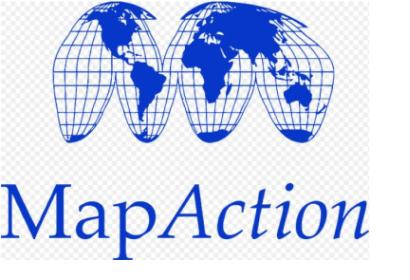GIS and allied technologies help in planning for, monitoring and responding to disasters, as well as in effecting reconstruction, from aerial and ground surveys, to spatial analysis for planning community rebuilding or even relocation in extreme cases. Occurrence of a disaster is often the first indication that insufficient geospatial data or models exist that could have helped in either pre-disaster planning or in response and mitigation.
One obstacle is funding – governments around the globe are loathe to invest in geodata collection and modelling, especially in these economically difficult times, unless necessary. Sadly, it takes a disaster and the accompanying economic consequences – not to mention loss of human life – to raise geospatial technology
requirements (data, models, expertise) higher up the funding ladder.
MapAction, the specialist emergency mapping service, sent a team of mapping specialists to Haiti. Using GIS, MapAction was able to provide a dedicated, easy to understand, realtime mapping service to all other humanitarian aid missions in the area. In the disaster zone, MapAction team members, equipped with GPS units and satellite phones, survey the area, working with rapid assessment teams from United Nations and other relief agencies. In 2010, a Memorandum of Understanding was signed between GISCorps and MapAction, highlighting the mutual interest of the two organizations in providing GIS assistance to communities affected by
disasters throughout the world.

